Avid traveler Marcie Hinton recently visited Iceland on her first international trip since the pandemic began. She generously shared her delightful daily reflections and wonderful photos of Iceland with Travel Maestro. Thank you, Marcie!
Monday – New Rules for Travel
Filling out COVID-19 registration/verification/vaccination proof the night before leaving on an international trip is driving me all floopy. All those requirements keep changing. Fingers crossed we will just have to show proof of vaccination, but who knows? I am getting on a plane tomorrow and I am pretty sure they will let me off the plane in Iceland on Wednesday. Even with all that uncertainty, I am absolutely thrilled to be traveling. Happy Trails to me!
Wednesday – Iceland Arrival
We followed the horizon to Iceland – or so it seemed! We were tethered to a thin peach-colored line like a kite over Canada to Greenland. Oh, Greenland! Such a fascinating and daunting landscape. Sunlight danced along snow-capped crags, which gave way to an icy ocean. How will Iceland ever be the promised 50 degrees? But it was. It was pleasant waiting in line for our COVID test and then again stepping off our bus and traipsing through the city to our hotel where we must quarantine until our negative test comes back. No view from our tiny room. We ate yogurt and napped (the big no-no, but we figured we were old enough to warrant the nap and a decent bedtime). Still waiting for the text from the Iceland government, so we can get out and walk the old city.
Thursday – Viking Vibes
As always, we walked and walked and walked – to the bay, the harbor, through the old town, high on a hill. The old homes on the hill are clad with corrugated metal, painted with bright colors, and look like wood panels. Wood could never withstand the constantly changing weather, the salt air, shifting earth, moisture, or volcanic ash.
Our early dinner was delightful! Fish, fish, and more fish! Plaice, cod, monkfish, peas and apple ragout, pan-seared prawns, and a dessert that we dug into before taking a picture of the freeze-dried hazelnuts that were dropped on top at the table, so that the whole dessert of yogurt, raspberry gelato floating in a thyme emulsion crackled and “smoked” like Reykjavik itself (Reykjavik means smoky bay).
Our favorite pastime while walking is trying to pronounce Icelandic words made up of a series of vowels followed closely by a series of consonants, most of which are g’s, k’s, l’s, and v’s! We also like to watch the Vikings with their long strides, confident gaits, and slender noses glide to and fro. Of course, they aren’t descendants of Vikings so much as Norwegian farmers, but distinct and striking, nonetheless!
The fact that Iceland sits right on top of where the American and EuroAsia tectonic plates are separating says a lot about Iceland. They seem to be citizens of the world straddling the Divide. The earth is always shifting beneath them to the tune of 400-ish tremors a week, which they mostly don’t feel. When a volcano erupts, they go right to it and peer inside. They have learned to harness geothermal power to provide affordable heat and electricity to 85 percent of Iceland.
The people are easygoing with arrogant Americans, they hardly use disposable plastic, they keep going in rain, snow, sunshine, cold, hot – it all happens in a single day – and they move through it seamlessly. Even when the rest of the world fights over religion, the Icelanders seem to shrug and say “okay, we’ll give it a try.”
The Lutheran church sits on a hill in Reykjavik just behind a statue of Leif Eriksson (the explorer, not the roller skating, singing heartthrob from the 70s!). Mostly a Lutheran Protestant nation now, they went through many a reformation without incident. The Vikings were pagan, but there were Irish monks settled on the island when they arrived; however, nobody really knows what happened to them – sacrificed in a volcano to appease a Norse god, maybe? The Catholics showed up again for a while, before the Lutherans declared themselves the religious way, mostly quite smoothly.
The spirituality of Iceland seems to be best demonstrated by art. They seem like creative folk. The Sun Voyager sculpture looks like a Viking ship, but the artist insists it is meant to reflect the changing light that comes with living near the top of the world in the path of the jet stream.
Their relatively new concert hall, the Harpa, is a beautiful building that sits just beyond the Sun Voyager. It has asymmetric honeycomb glass panes with sporadic color, abstractly interpreting the Northern Lights. The whole building seems to yearn toward the bay. A brilliantly modern piece of architecture juxtaposed with that concrete “Icelandic sparse” Lutheran church just up the hill, which in turn is surrounded by colorful homes – seems to say it all.
If I were going to choose one word to describe the vibe of all that, I would say Icelanders “coexist” in the loveliest way.
Friday – Iceland’s Wildlife
Iceland has very few wild animals. The originals include a myriad of birds, mostly seabirds, the Arctic Fox, and an imported pesky mink who is the bane of the fisherman’s existence. There are very few insects even. There are, however, several impressive, domesticated animals. The sheep, of course. Beautifully knitted wool products abound. And lamb is a popular dish to eat. There are also cows. Purely grass-fed, no corn in sight, so the dairy products are strong, pure, and delicious.
And then there is the horse. The Icelandic Horse.
This thick-coated, soulful horse is small in stature, but beyond strong having lived for thousands of years on lava cobbled fields in the flats. And they are scrappy enough to carry Vikings over moss-covered mountains.
All the Icelandic horses are pure breeds, whose actual breed name is… wait for it… Icelandic Horse. No other horses are allowed on the island and if one leaves it is not permitted back. They are a coveted breed all over the world because they are so strong, and they have five gaits while most other breeds have three. The extra two gaits are fast and smooth, barely jostling the rider at full speed (two gaits above the canter). The only thing Icelanders seem to get upset about is if you call this striking horse a pony. An eyebrow lifts and the Icelander will ask the offender to apologize to the horse.
Even though they do not import horses, they do import bees. At the one tomato farm that supplies all the tomatoes in Iceland, they order boxes of bees from the Netherlands to live in the greenhouses where tomatoes, sunflowers, lettuce, basil, and a variety of flowers grow. In the middle of all that pollination, guests are invited to dine there on a variety of tomato dishes. And mainly it is about the soup. Pure, thickened, but not creamy tomato soup. The serve-yourself soup table is piled high with dense, moist, fresh, crusty bread and all the grass-fed butter you could smear. No pesticides, no hormone enhancement, just pure, churned butter. Once the salivating guest gets back to her table, she can trim the basil plant centerpiece to spice up the soup. And, if one needs to have a taste of dessert? Tomato ice cream, served in a terra cotta flowerpot, with chunks of green tomato and a sweet tomato glaze. Of course, if a cocktail is the name of the game there is a tomato beer and a variety of Bloody Mary’s to soothe the soul.
(On a personal note, the Viking who served us the food, cocktails, and dessert and told us about the bees was so delightful, I offered to adopt him, bring him to the states and pay for his college education .)
The Mid-Atlantic Rift
Of course, getting to all those fields of sheep, horses, and butter, uh, er, cows, you must cross over that divide of tectonic plates, where you can actually see how the earth has been ripping itself apart for thousands of years. There is a rift of earth that clearly stoked Jules Verne’s “Journey to The Center of the Earth.”
Beyond the great divide, there are geysers, and waterfalls, hot springs, and crystal-clear lakes to gawk at and soak in. Miles and miles of valleys, mountains, water, and fields of animals just an hour outside Reykjavik on the Golden Circle. Can you imagine experiencing all that in one day, even after all the awe in Reykjavik?
Saturday – Dramatic Coastlines and Fishermen’s Weekend
There were many highlights today, but the weather was not one of them. Or was it?
Bone-chilling rain and wind and a low fog settled in everywhere today. We got off a bus a dozen times donning and undonning wet coats each time. “No matter…the road is life,” Jack Kerouac wrote. My life’s motto! It’s true! I felt like a Viking today, in that I was eager to forge on without complaint. We visited a lot of coastlines today and the weather only added to the dramatic stories that came with the sites we visited.
Take Strandakirkja, for instance. The saga of the little church goes like this:
Icelandic sailors in the 12th century drifted far from their appointed route and ended up along the southwest coast on a dark and stormy night. This part of Iceland is notorious for being rife with deep craggy jetties, large rocks jutting in and out of rough waters. The sailors, of course, were tired, scared, and desperate for a safe harbor. So desperate, the Viking descendants began to pray. They prayed for direction, a clear path, for wisdom in navigation, anything that would lead them safely ashore. After hours of these pleas, late into the dark night, an Angel bathed in light appeared, hovering at their bow, and led them to a safe landing. They named that spot Angel Bay and built a church and told their story. That story became legend. The thankful and the desperate flocked to the church to pay homage and kronas for their miracles, making it the wealthiest little church in Iceland.
Seeing the Strandakirkja standing at attention over a safe harbor on a cold, wet, blustery day allowed me to believe every word and pay my own homage and American dollar.
A way more traditional and straightforward beacon for sailors – a lighthouse – was also on the agenda today. Iceland’s oldest lighthouse or oldest lighthouse site as the original lighthouse fell into the ocean (cue the crashing waves) and the rebuilt lighthouse lay several meters inland. But the lighthouse itself is far less dramatic than the lava fields and cliffs it overlooks. The 270-degree Jesus, Mary, and Joseph view would not have been any better on a sunny 80-degree day. On this day I could see why sailors prayed and why their safe harbor warranted a church. (Play the video and watch the distant cliffs as well!)
Just to drive home the miracle of the Icelandic southwest coast, we stopped to experience a black sand beach. The volcanic silt sand’s dramatic run from glacier water, spewing volcanos and general highland dirt ends at a gray-blue sea that defies even the best pixel representation. And then the magic that happens when you scoop up a handful and examine it only to find it is a colorful array of tiny pebbles that is smooth rather than gritty. Now the real voodoo happens once you drop the handful of sand and find it leaves no trace of itself behind. It falls from the skin without residue of any kind. No picking it out of crevasses or washing of feet required. It’s a wonder it hasn’t been bottled and shipped to playgrounds, outdoor volleyball courts, and manmade beaches all over the world!
Of course, after all the shoreline gawking one must eat fish!
Now let me take a moment here to say, during my chemo treatment for breast cancer over the past eight months, I have had a real aversion to fish of any kind, a visceral reaction – until this trip. I have eaten quite a bit of fish. So, hear me when I say…
I had the best fish and chips of my life in a little Icelandic fishing village called Grindavik (which will be my screen name from here on). I do believe the Icelandic cod jumped directly from the sea into the batter, flopped around a good bit, and then jackknifed into clean, hot oil. He was FRESH, I tell ya. And crispy. Good Lord, I may have slapped my momma it was so good. And, if that wasn’t enough, the chips were liberally sprinkled with kartifloktydd – a blend of spices that is loosely translated as… wait for it… potato spices. All this at a place called “Papa’s Pizzeria,” if you can believe it. Papa’s was so clean, with friendly and terribly clever staff in a completely nondescript building where working fishermen eat in what looks like a tiny warehouse district of the working man’s marina.
To top that off, this is “Fisherman’s weekend” a national holiday celebrating fishermen. The fishing trolleys were bedecked with nautical flags waving furiously in the wind.
Reykjavik is abuzz with this celebration (or is it a typical Saturday night?). Hipsters clad in plaid, leather, and Doc Martens, and folks my age in black and ripped jeans parade down the street with tote bags of beer in hand, stopping on corners offering a bottle to a friend.
We are leaving them to it tonight. Exhausted, so it will be a hotdog from a street vendor, which we will take to our room, venturing out maybe once more for gelato from the store next door.
Cold, wet, and tired, we will shut it all down early tonight so we will be fresh for more waterfalls and hot springs tomorrow.
Sunday – Beguiling Light and Waterfalls
The light in Iceland is a wonder. To start with, the sun doesn’t really go down this time of year. According to my weather app, sunrise happens around 3 a.m., and sunset happens around 11:45 p.m. I will have to take the app’s word for it because I haven’t seen the night sky since I have been here.
Mind you the terms “sunrise” and “sunset” are used loosely here, as I have also not actually seen the sun since I have been here. It has been sunny, sorta, at times. I felt it briefly on my face, today while soaking in a hot springs bath, but I never really SAW it.
So mostly, when it is light outside, it is actually gray outside.
Here’s the thing though: Gray light does something to the blues, the greens, even the blacks. The absence of warm colors—save the brown, salty flats around geyser beds—makes all those cool colors work extra hard. Do the heavy lifting. Create new and exciting things.
Take the water flowing out from underneath the lava fields creating the Barnafoss Waterfall. The lava field acts as a sort of filter for the glacier water, and it spills forth in a hue of blue that deserves a new name. It tumbles and falls over and through dark lava cliffs, clearly leaving its marks like a painter using a spatula to add texture. It twists and turns for a kilometer (half a mile) before slowing a bit and becoming the White River (Hvita in Icelandic).
The photographs do NOT do the blues justice. It seems to me the sunlight would actually dull the blue. A gray day only makes the blue glow as if it were imitating the red glow of a volcano if that makes any sense.
To get to this wonder of nature, you take parts of the Ring Road along the base of Mt. Esja, a mossy, flat-topped mountain, maybe Iceland’s most popular for hiking. Then go through a tunnel for a kilometer under Havlfjordur, a fjord, that looks exactly what you think a fjord might look like.
This whole “westward ho” journey is fraught with violent Viking stories. In fact, Snorri Sturluson (forget what I said yesterday about Grindavik being my new screen name, I am going with Snorri Sturluson instead), procreated, ruled, failed, and died a gruesome death just a few short miles from Barnafoss. Snorri, as I like to call him, is largely believed to be the one who wrote the most important Norse Saga, which has been boring Icelandic children for centuries as their “middle school” read. He was a lover, a fighter, a politician, the Norway King’s favored lawmaker, a poet, and a historian. His little settlement sits atop a rise, where the bath he forged from the hot spring down the hill, is still visible. It’s the place where he ultimately met his demise for both trying to unite Norway and Iceland and doing it all wrong for the Norway King’s liking. It is now a writer’s retreat (count me in!).
Snorri’s retreat, the lava fields, and the waterfall all sit in a very agricultural region, near the home of the Agricultural University of Iceland and a great museum called The Viking Settlement Center. Red roofed farmhouses and dark green vacation homes for the city folk, sparsely dot the farmlands, again, vibrant underneath the gray skies.
You just need to see it all for yourself. I need your help coming up with a new name for that color of blue. I really do wish you were here.
Monday – Fishing and Sustainability
Technically Iceland is a part of Europe, although it is not a part of the European Union. It, at one time, tried to be because their currency was unstable and fluctuated quite a bit (still does) and they thought the Euro would help that.
The deal breaker was over their fishing rights. If they were to become a part of the EU all the other countries would have access to their fishing waters. So, they withdrew the request.
Fish and fishing ARE Iceland. It’s their number one industry and a point of national pride. Iceland doesn’t have a military – it barely has a police force (they don’t carry guns most of the time). What it does have is a Coast Guard who makes sure no one else is fishing in Iceland’s waters.
The director of fisheries monitors everyone’s catch to assure the waters are not overfished. Monitoring equipment ensures everyone is in compliance with environmental law.
It seems Icelanders play the long game when it comes to protecting their island and their lifestyles. They have long been rid of most single-use plastics like straws, utensils, plastic bags (The scarf I bought came in a hand-sewn cloth bag).
The public trash cans all seem to have three receptacles for various recyclables.
I learned a lot of that at the Maritime Museum, perched on a pier in an old fish processing warehouse. Shipwrecks, old boats, and a history of the fishing industry were all fantastic if you are at all interested in seagoing vessels and the ocean. We experienced it with elementary school students who were finishing up their school year with a field trip. The education director held them in rapt attention teaching them about fish, tying knots, and driving boats. I was a bit enrapt myself!
What really brought all this together for me was our next stop, which was a fish and chips food truck on the pier. The attendant took our order and then told us it would be six minutes, as she told the person before me and the many who came after me. (Incidentally, the word for six in Icelandic is “sex,” which makes for some confusion at times for the Americans). The fresh fish, drawn off a boat further down the pier, was not dropped into clean grease until I ordered it. In exactly sex minutes the fish and chips are boxed up in a cardboard box, complete with a wooden fork to eat with.
We sat at a picnic table in 54-degree weather in the almost sun, with dock workers, businessmen, moms with strollers, and tourists. It was a pretty chatty bunch all the way around. We each threw the remnants of our meals in the recycling receptacles, leaving no trace behind except for our love for the place and fondness for this communal experience.
Wednesday – Home Again
Woke up at home in Kentucky this morning – still dreaming of Iceland.
Thank you, Marcie, for sharing your beautifully written observations of this intriguing land! If Marcie’s story has inspired you to plan your own Iceland discovery, contact your Covington vacation advisor to arrange an independent journey, an escorted tour, or even a luxury cruise.
Marcie Hinton hails from Paducah, Kentucky, and is a journalism professor at Murray State University in Murray, Kentucky. She has taught travel and food writing, as well as tourism and public relations classes in London, Italy, and France as a part of Murray State’s education abroad program. Marcie also worked for Southern Living magazine in travel and food promotion.

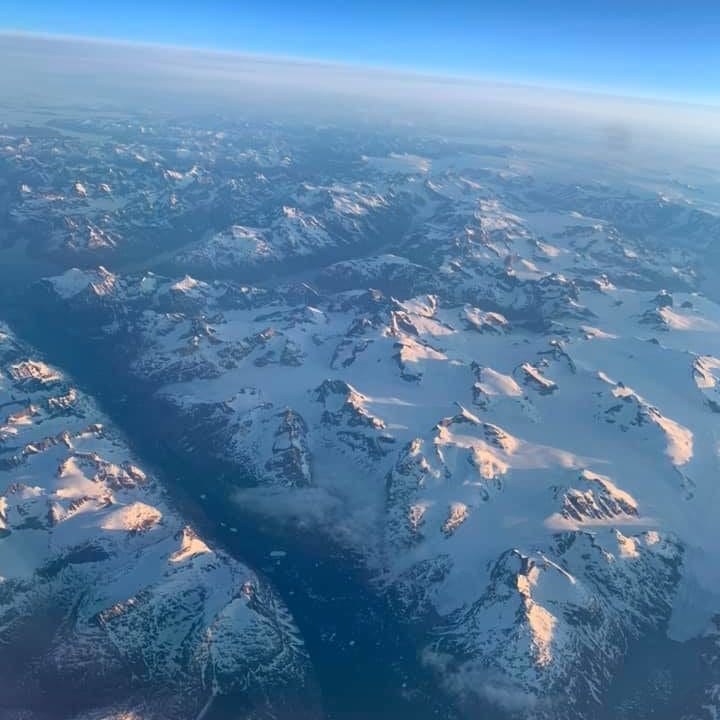
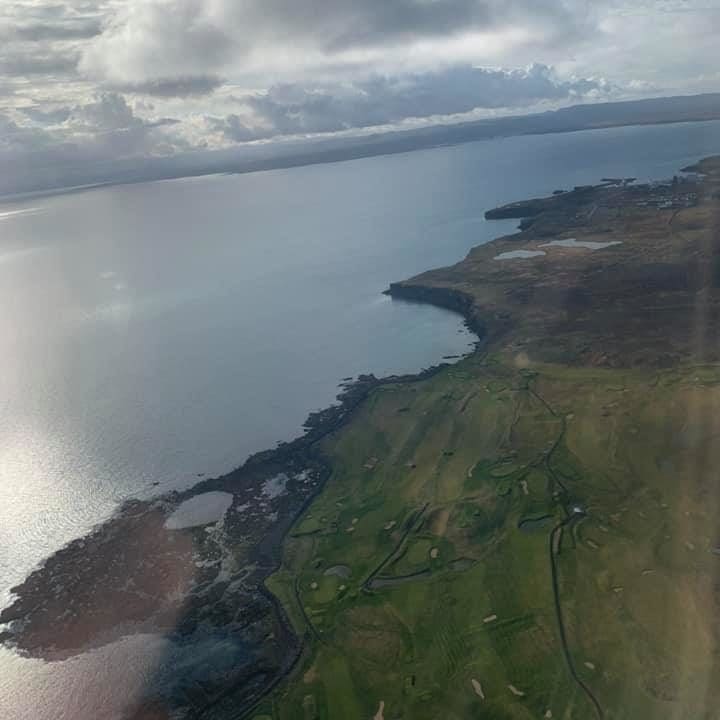
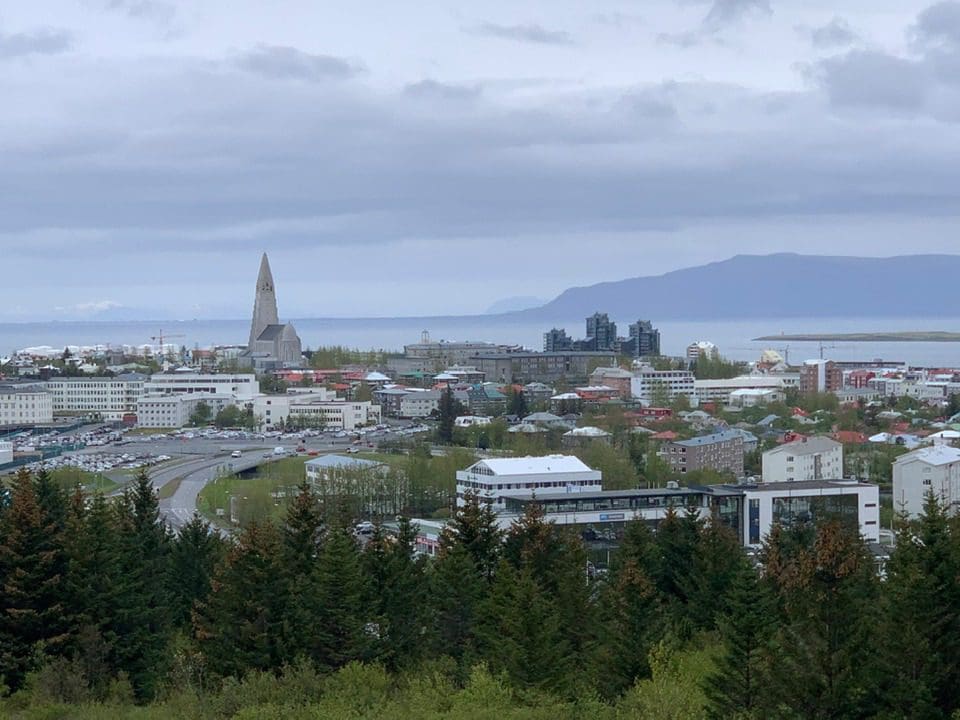
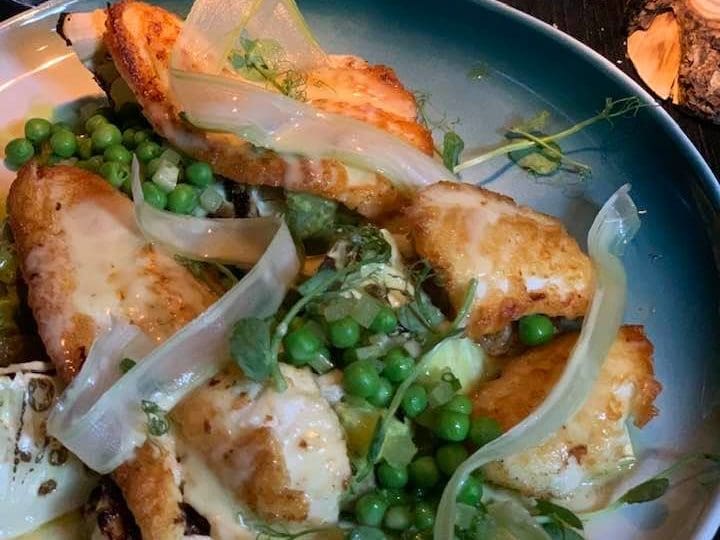
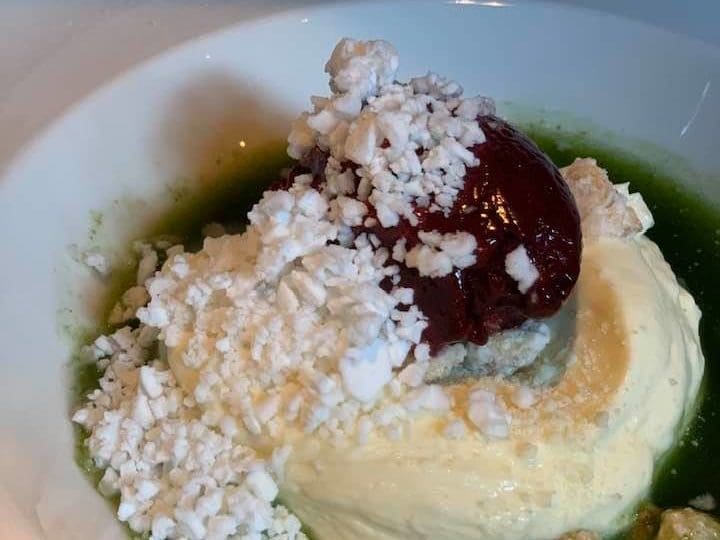
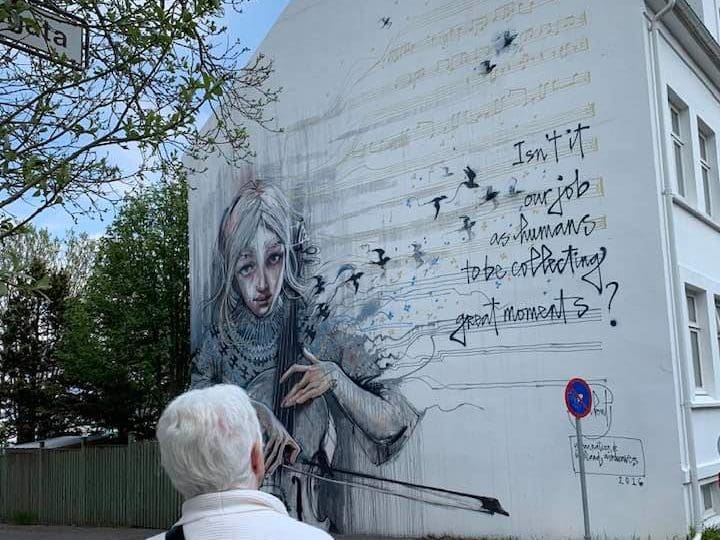
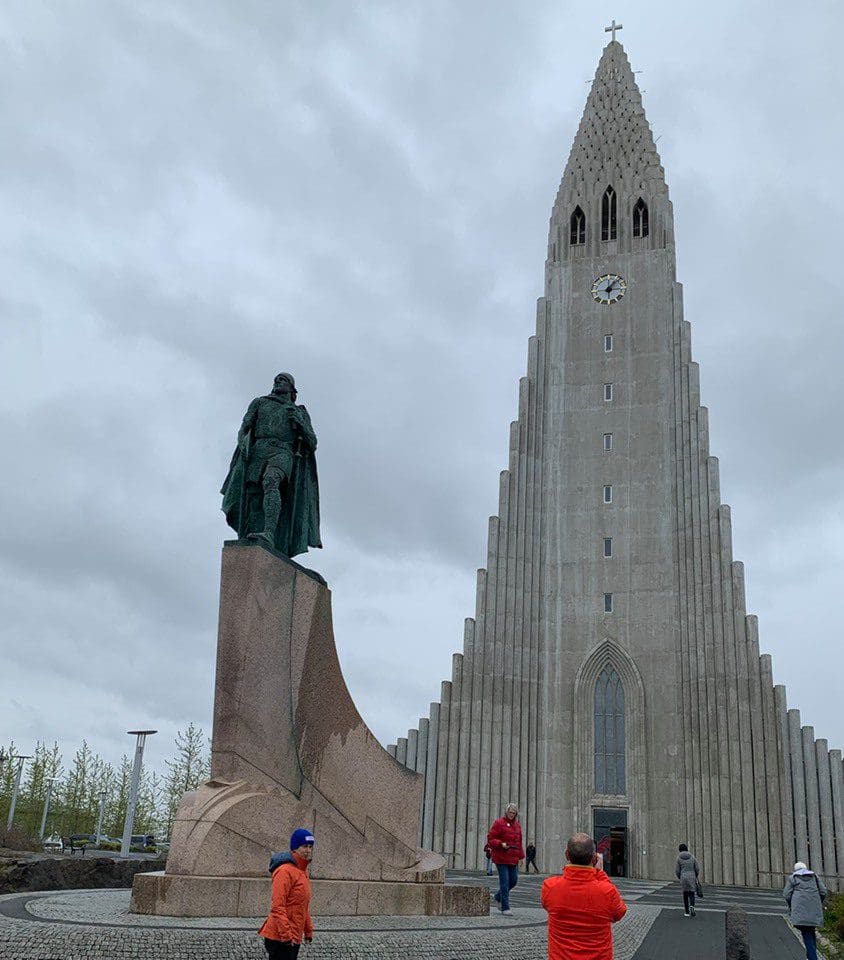
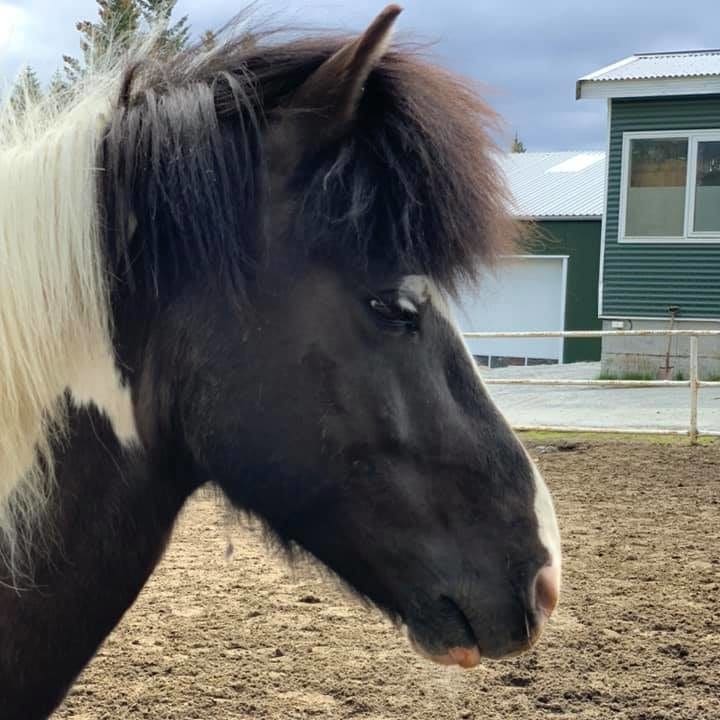
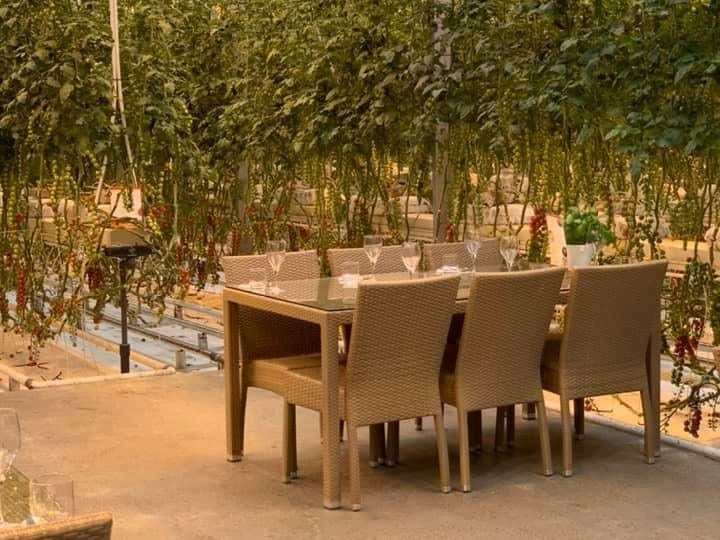
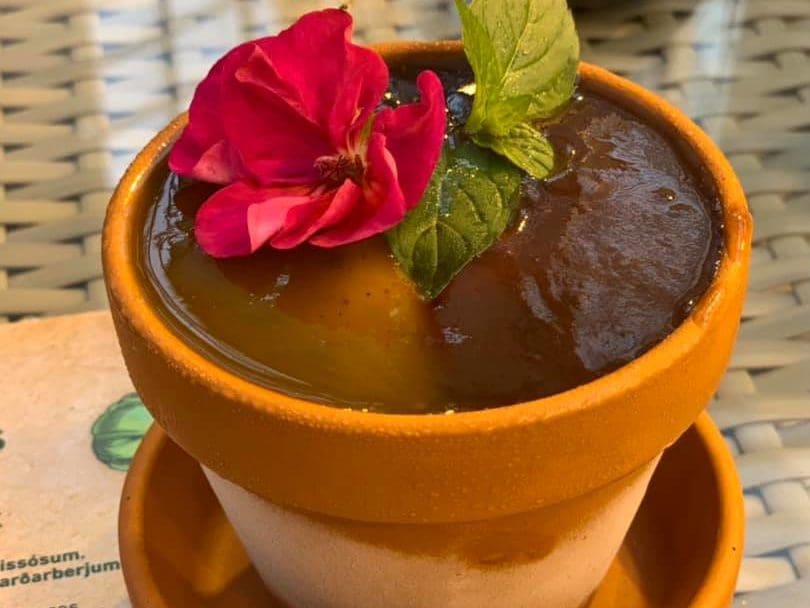
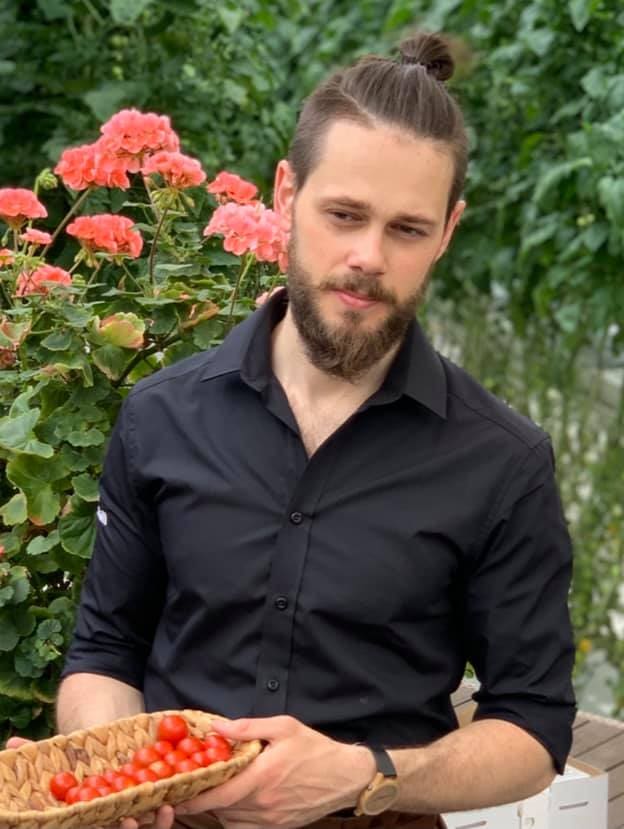
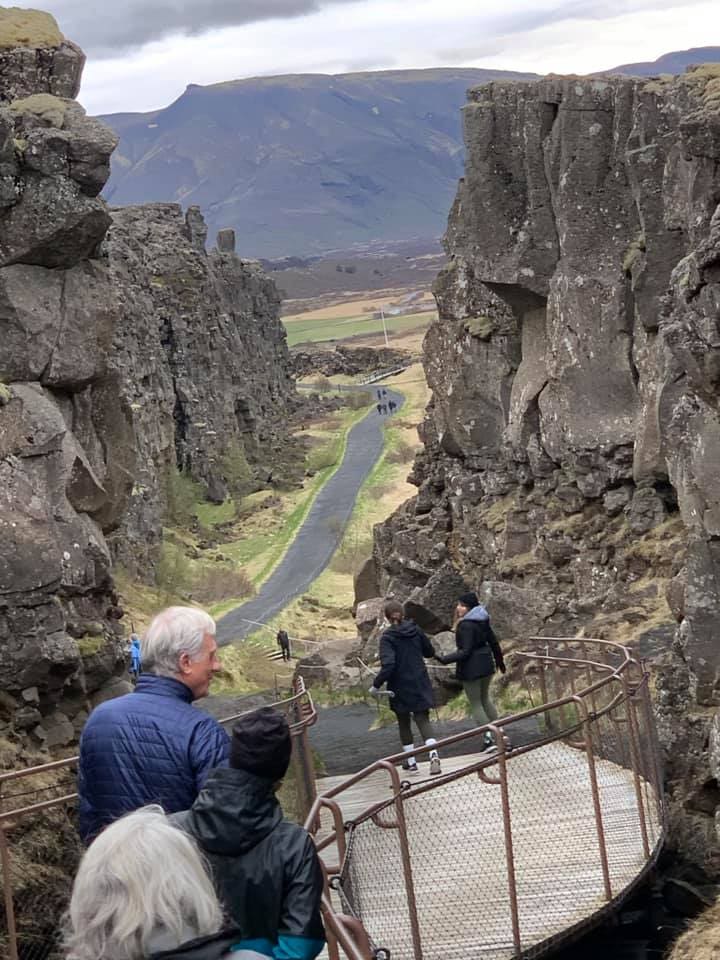
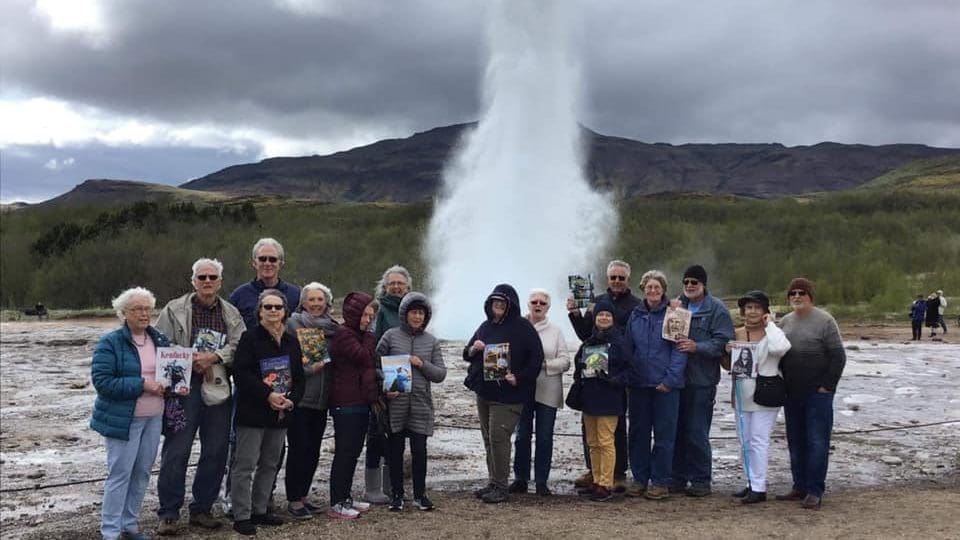
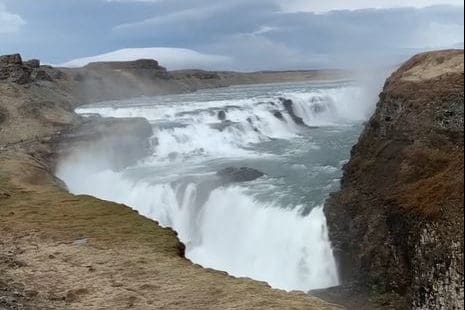
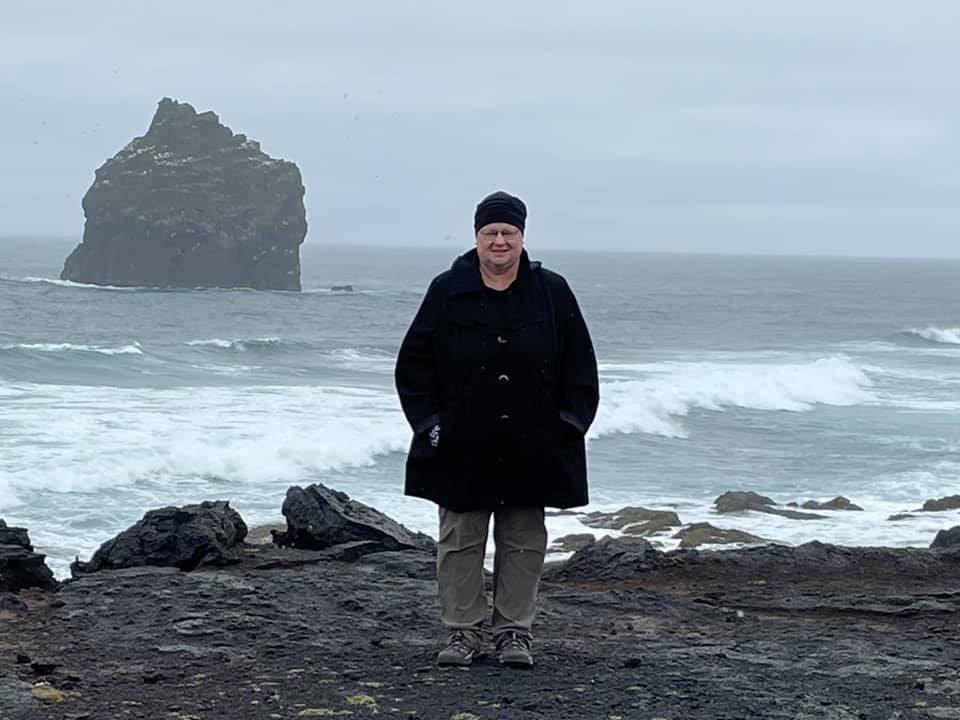
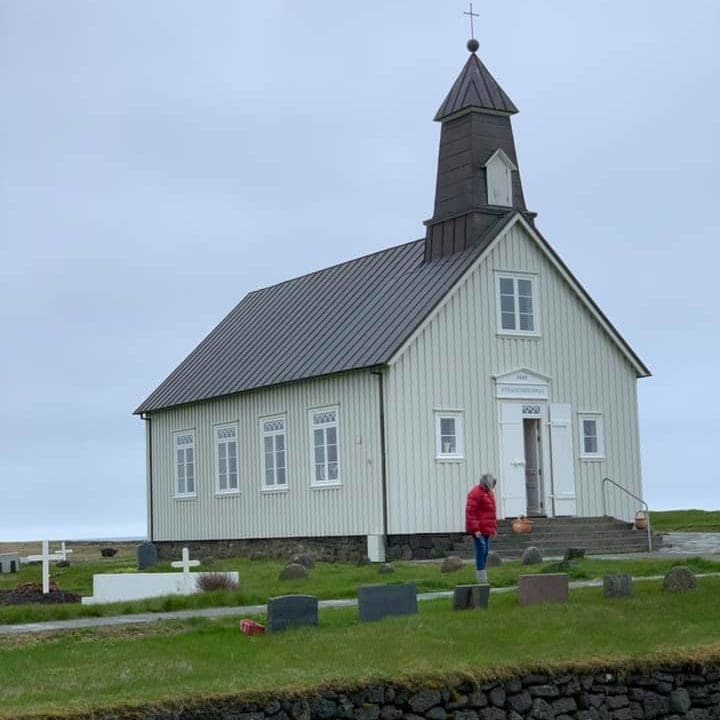
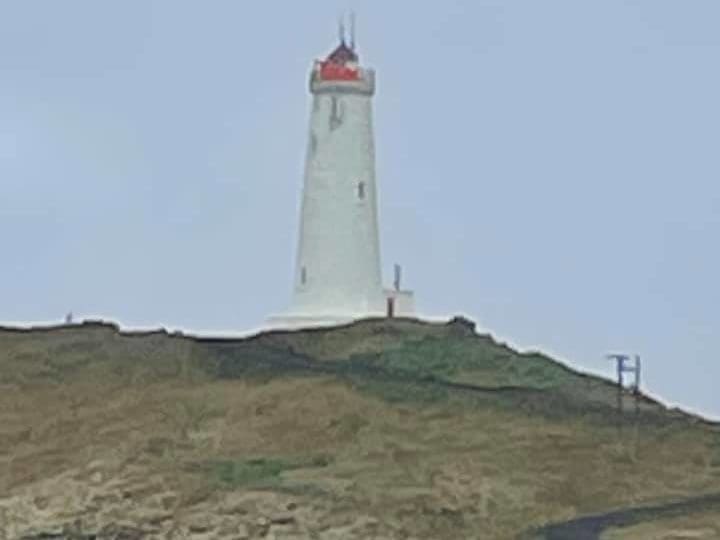
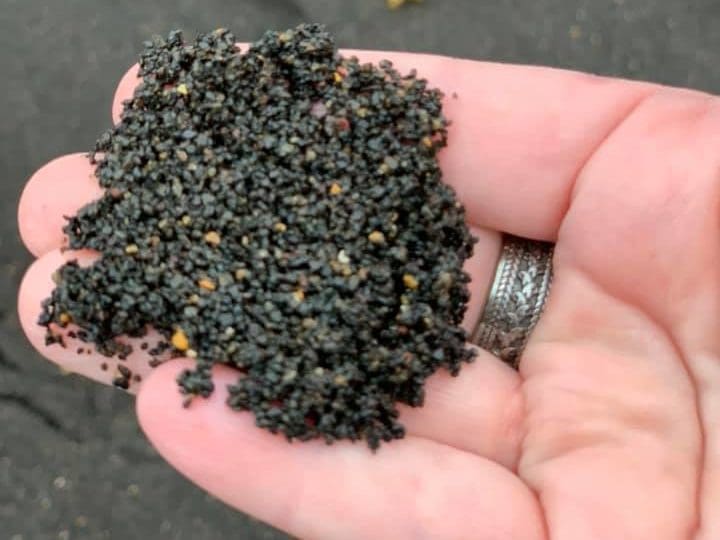
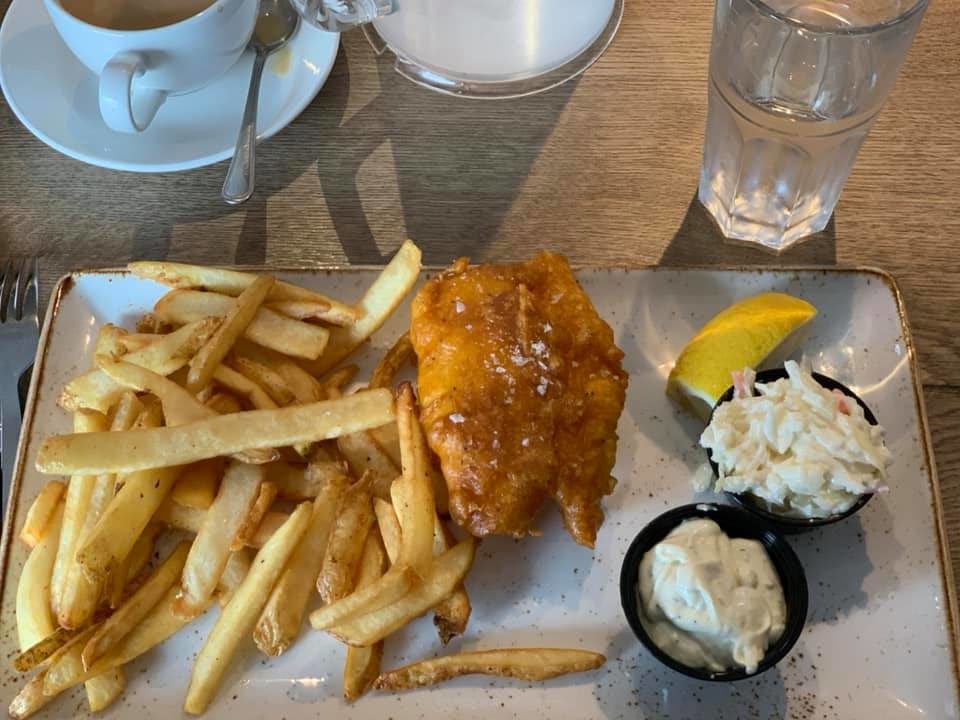

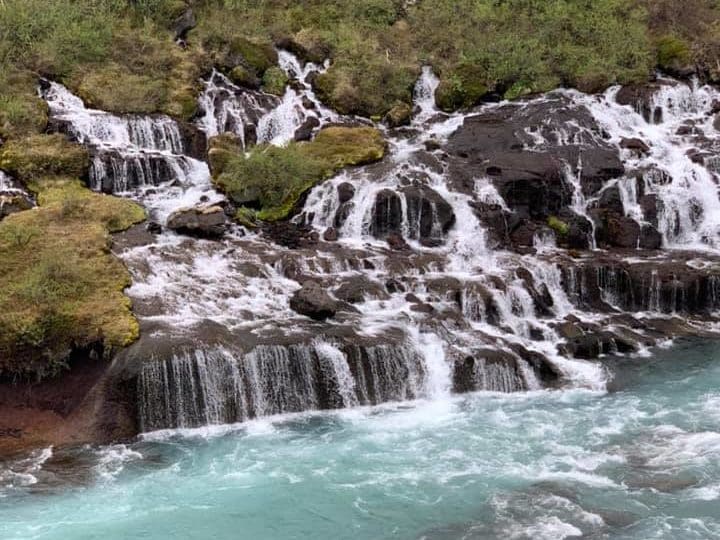
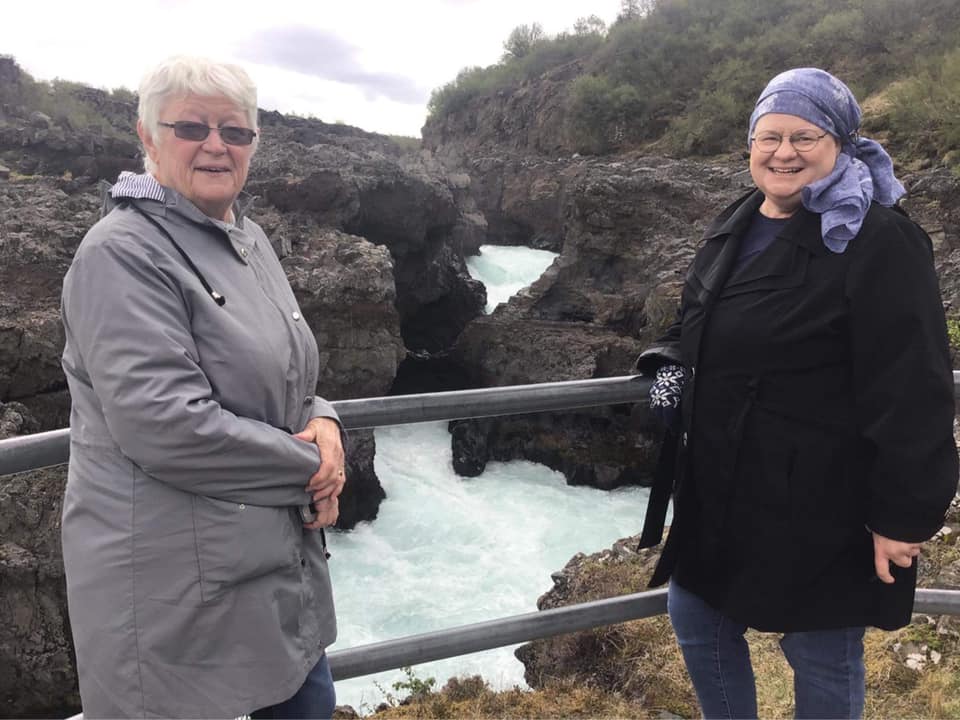
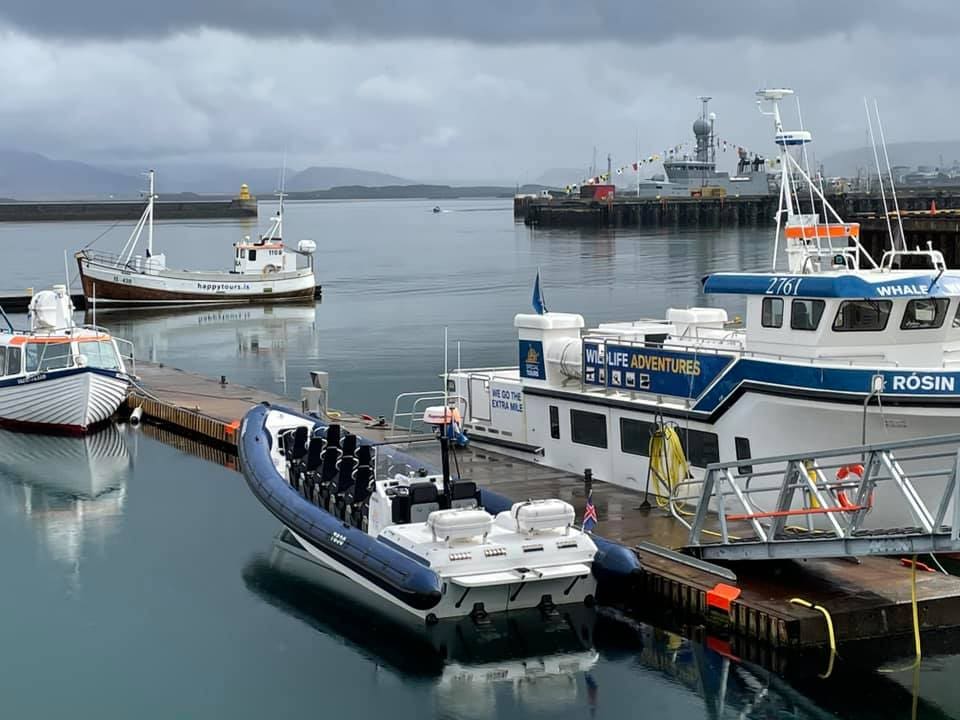
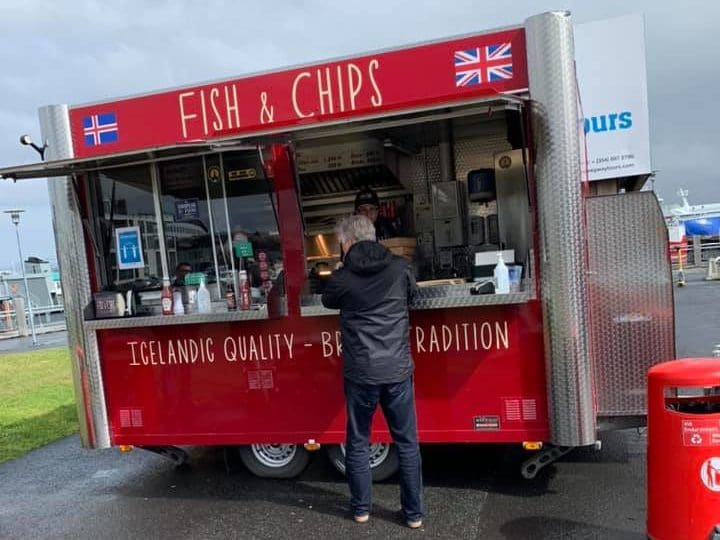
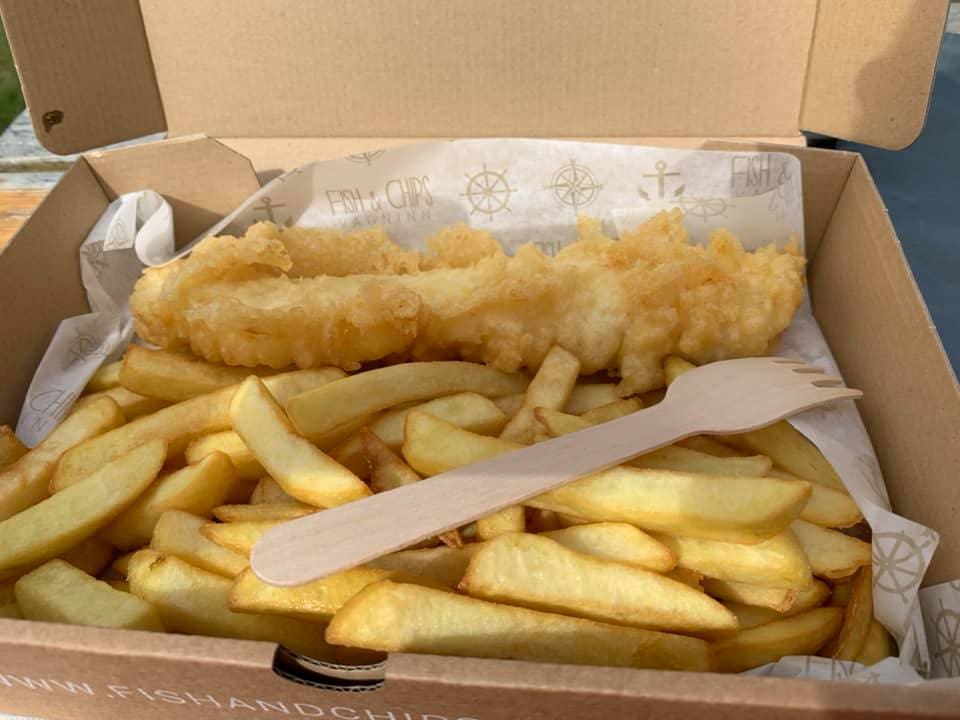
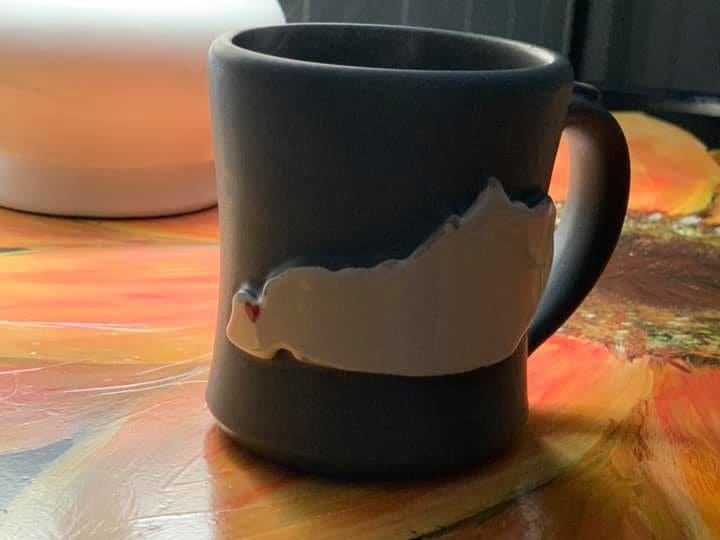






Leave a Reply